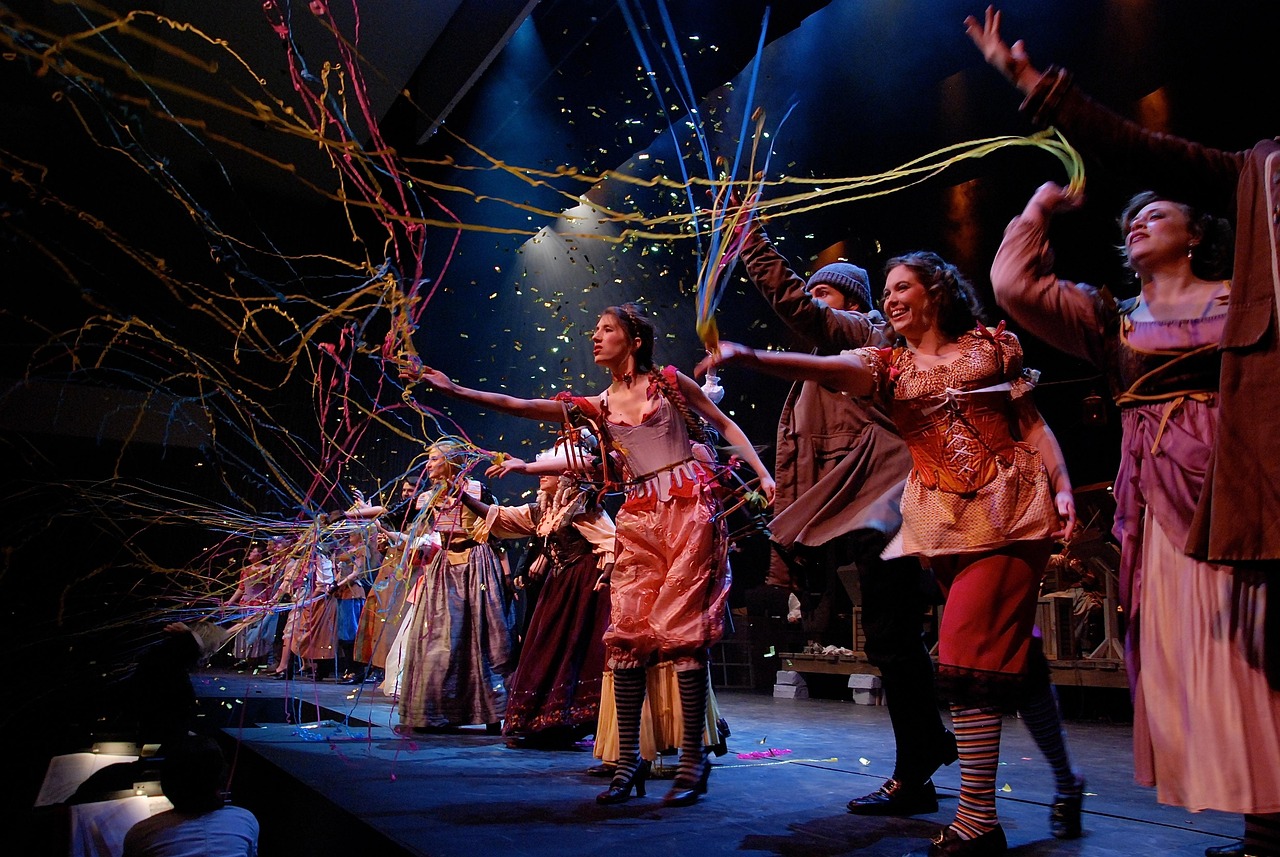Reinventing Opera: A Modern Twist on a Timeless Art
Opera has long been seen as a bastion of classical art, revered for its grandiose productions and emotional depth. However, in recent years, the genre has undergone a transformation, embracing modernity and extending its reach to new audiences. This article delves into the innovative approaches that are shaping opera today, exploring its historical roots while highlighting recent developments that are revitalizing this timeless art form.

Historical Roots and Classical Foundations
Opera originated in Italy at the end of the 16th century and quickly became a staple of European culture. Combining music, drama, and elaborate stagecraft, it captured the imaginations of audiences from all walks of life. Composers such as Mozart, Verdi, and Wagner became household names, their works enduring as benchmarks of the genre. Opera houses were erected as cultural landmarks, providing a venue for this dynamic art form to flourish.
Embracing Modern Technology
In the 21st century, opera has begun to integrate cutting-edge technology to enhance audience experience. Many productions now incorporate digital projections, interactive lighting, and innovative sound design to create immersive experiences. These technological advancements allow directors to explore new artistic dimensions, bringing fresh interpretations to classic works. By leveraging technology, opera is attracting a younger, tech-savvy audience who appreciate the fusion of tradition and innovation.
Diverse Storytelling and Cultural Inclusion
Contemporary opera is expanding its narrative repertoire by embracing diverse stories and voices. Productions are increasingly tackling themes relevant to today’s society, such as climate change, social justice, and identity. New operas are being composed that reflect a wide array of cultural perspectives, moving beyond the traditional European canon. This shift not only broadens the appeal of opera but also ensures its relevance in an ever-changing cultural landscape.
Innovative Venues and Formats
To reach broader audiences, opera companies are experimenting with unconventional venues and formats. Pop-up operas in parks, warehouses, and even city rooftops are becoming more common, offering a casual alternative to the traditional opera house setting. Additionally, live-streaming and on-demand services are making opera accessible to global audiences, removing geographical barriers and inviting new fans to experience the art form from the comfort of their homes.
The Reception and Impact
The modern reinvention of opera has been met with both enthusiasm and skepticism. While purists may express concern over the departure from tradition, the new wave of opera is undeniably revitalizing the genre. Younger audiences are increasingly drawn to these innovative productions, ensuring the survival and growth of opera in the contemporary arts scene. This evolution not only preserves the rich history of opera but also secures its place in the future of entertainment.
In conclusion, the transformation of opera into a modern art form is a testament to its adaptability and enduring appeal. By embracing technology, diverse storytelling, and innovative formats, opera is not only preserving its rich heritage but also ensuring its vitality for future generations. As this centuries-old art form continues to evolve, it remains a powerful medium for creative expression and cultural dialogue, captivating audiences anew with each performance.



